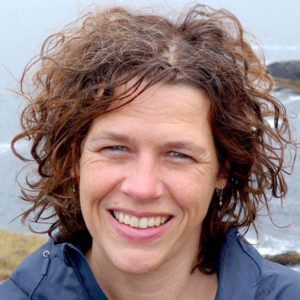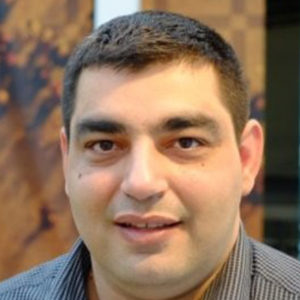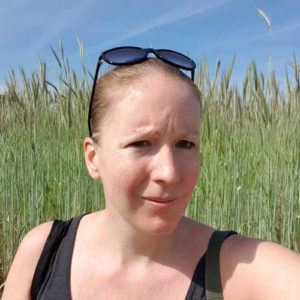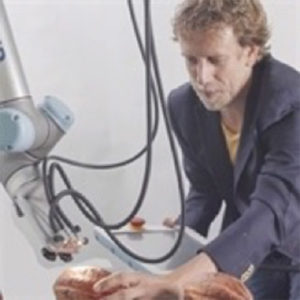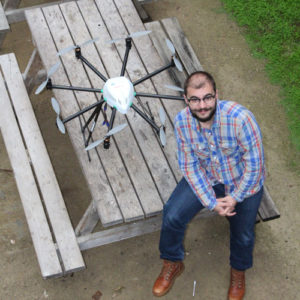
10 Jan MULTIDISCIPLINARY APPROACH COMBINING METAGENOMICS, MOLECULAR BIOLOGY AND HYPERSPECTRAL IMAGING APPLIED FOR DETECTION OF FUNGAL PATHOGENS ON MUSHROOM FARM
Dr. Ljiljana Janjušević
Senior researcher, BioSense Institute
In view of the main challenges for agricultural research and practice in securing food of the 21st century, mushroom production has been recognized so far as the only viable and socially acceptable method to transform waste into high quality food. Champignon or white button mushroom (Agaricus bisporus; family- Agaricaceae) has been a part of the human diet for over 200 years and is cultivated in at least 70 countries around the world. White button mushroom consumption has been increasing due to their nutritional value, delicious taste, and is currently ranked fourth of most cultivated mushrooms. In the sustainable production system, such as organic certified mushrooms production in the Serbian EkoFungi company Ekofungi – Waste to Taste (systemekofungi.com), final products are results of the implementation of circular economy principles. This is why we had chosen Ekofungi as one of the SMEs where our DRAGON researchers performed their residencies, in order to learn the ways Ekofungi implements such principles in practice, as well as to collect samples that could be analyzed using metagenomics approach and hyperspectral imaging, as part of the DRAGON workshop preparation.
To ensure the full yield potential when growing mushrooms, it is necessary to recognize and foresee any negative influence which might affect ecological and economical sustainability. It is a known fact that in different stages of growing edible mushrooms, there is a succession of microorganisms in the microbial community in the compost, including the pathogenic ones, that may decrease the final yield. One of the biggest challenges in mushroom production is to maintain a high yield despite pathogenic microorganisms. Infections in mushroom cultivation due to members of the genus Trichoderma have come to be known as the “green mould disease” (Fig. 2). For champignon the association of Trichoderma species with the respective compost has been known for a long time to limit commercial production.

Figure 1. Growing champignon in a cultivation bag (photo taken by Mila Djisalov)
Five DRAGON researchers with different backgrounds have teamed up during DRAGON residencies to perform preliminary tests in order to detect pathogenic fungi in critical points in champignon production that causes economic losses to Ekofungi company. The researchers sampled the compost and casing soil during five visits, at different stages of mushroom cultivation, with the aim of early detection of the pathogen.

Figure 2. Champignon bag infected with pathogenic fungi Trichoderma spp. (left) and cultivated Trichoderma spp. on malt extract agar in Petri dishes
(photo taken by Ljiljana Janjušević)
To understand the process of existence and levels, types, and frequency of occurrence of microbial communities affecting the yield, analytical data and hyperspectral imaging will be used. Collected data will provide an insight into the present microbial communities in the compost and casing soil (metabarcoding), nature of the pathogen through molecular methods, as well as the frequency of occurrence of pathogens in different phases of mushroom cultivation.

Figure 3. Hyperspectral imaging setup (photo taken by Vladan Filipović)
Testing of hyperspectral imaging as a technology for early assessment of the presence of pathogenic fungi in compost and casing soil samples collected from mushroom growers was conducted by young researchers from the Biosense Center for information technologies, participating on DRAGON. A dataset containing hyperspectral images of compost and casing soil samples was created using the SPECIM hyperspectral camera (900 – 1700nm) at the BioSense laboratory (Fig. 3). Besides imaging of the collected samples from EkoFungi farm, cultivated samples of selected fungi (Trichoderma spp. and Aspergillus spp.) in the lab were also imaged in order to have positive groundtruth hyperspectral responses (Fig. 4).

Figure 4. Hyperspectral response (left) and imaging of cultivated Trichoderma spp. in Petri dish (right)
This approach to data collection and processing will give researchers a different perspective and a more complete picture of the presence of the microorganism community and biological processes that take place in the medium for growing mushrooms (compost and casing soil). A further research step would be to devise a strategy for early detection of pathogens, isolate them and finally remove them before they lead to yield loss. Initial analysis presented by researchers shows potential of using hyperspectral imaging as a technology for characterization and potential early detection of pathogenic fungi. Described examples of smart agriculture could find their application in the cultivation of mushrooms.






